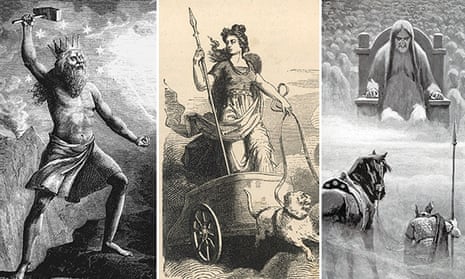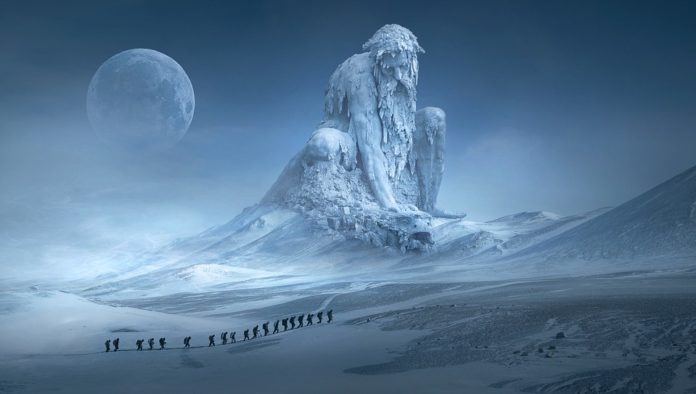In Icelandic mythology, Goi is the daughter of Thorri, the god of winter and frost. Despite her lesser-known status, Goi has a fascinating story that reveals much about Icelandic culture and beliefs. In this blog post, we will explore the origins and significance of Goi.
Origins of Goi
The origins of Goi can be traced back to Icelandic sagas and myths, which were passed down orally for centuries before being written down in the Middle Ages. One of the most famous sources is the Prose Edda, written by the Icelandic scholar Snorri Sturluson in the 13th century. According to the Edda, Goi is the daughter of Thorri and his wife Snaefrid.

Significance of Goi
Goi is significant in Icelandic mythology because she represents the power of women in a patriarchal society. While Thorri is often seen as the dominant figure, Goi has her own agency and influence. In some versions of the myth, she is described as a powerful sorceress who can control the weather and bring about storms.
Symbolism of Goi
Goi is a symbol of the cyclical nature of life in Icelandic mythology. As the daughter of Thorri, she is associated with winter and the harsh conditions that come with it. However, she is also a symbol of renewal and the coming of spring. In some versions of the myth, she is said to have the power to bring about the end of winter and the beginning of a new season.

Conclusion
Goi is a lesser-known figure in Icelandic mythology but has significant cultural and symbolic importance. As the daughter of Thorri, she represents the power of women and the cyclical nature of life. Her story reveals much about Icelandic beliefs and values and underscores the crucial role of myth in shaping cultural identity.
Works Cited:
- Byock, Jesse L. The Prose Edda. Penguin Classics, 2005.
- Davidson, Hilda Ellis. Gods and Myths of Northern Europe. Penguin Books, 1990.
- Larrington, Carolyne, trans. The Poetic Edda. Oxford University Press, 2014.
- Simek, Rudolf. Dictionary of Northern Mythology. D.S. Brewer, 2007.
- Sturluson, Snorri. Heimskringla: History of the Kings of Norway. Translated by Lee M. Hollander, University of Texas Press, 1991






Leave a comment
This site is protected by hCaptcha and the hCaptcha Privacy Policy and Terms of Service apply.